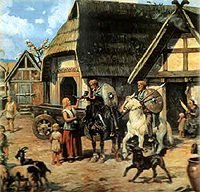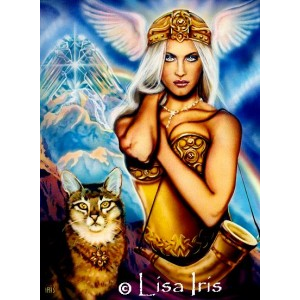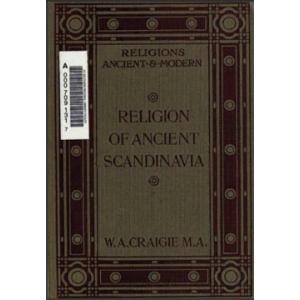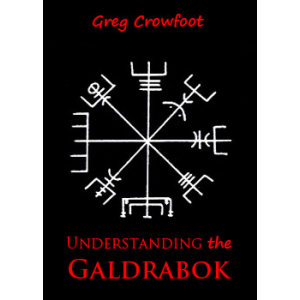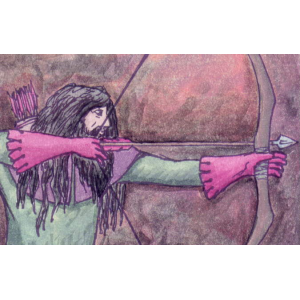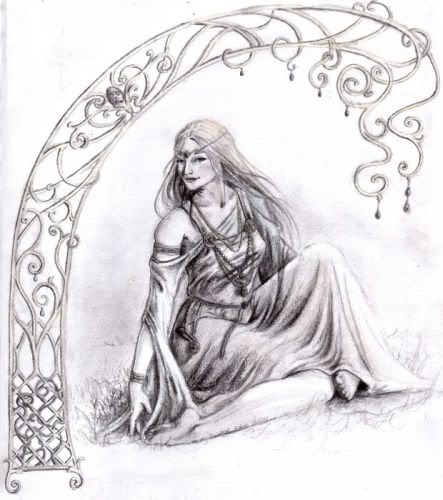
What makes us think that the Holy Powers honored by our ancestors actually exist? Here are a few reasons -
1. Our ancestors - hundreds of generations of them - considered the
Gods and Goddesses to be as real as their own family, as real as the mountains looming over their homestead, or the clouds blowing through the sky. Of course, it is easy today to say that our ancestors were stupid, or at best ignorant and naive, but can that really be true? The human brain has not significantly changed over the last few thousand years.
In terms of innate intelligence, some of our brighter forebears could have invented the theory of relativity or quantum mechanics a thousand years ago. This didn't happen, of course - because the conceptual foundations had not yet been laid by others, and because our ancestors were busy doing other things, such as growing food and fighting off the tribe from the next valley over. Discovering quantum physics is one thing, but inventing the necessary mathematics and all of classical physics at the same time, while planning raids and sowing the crops, is a little much to ask! Lack of brainpower, per se, was not the problem
.
2. Tribal Europeans (and just about everyone else in the world) lived in an environment that selected intensely for intelligence and hard-headed practicality. Stupid people tended to make mistakes that got them killed. Impractical dreamers likewise met untimely and tragic ends. By comparison, we live much more protected lives, insulated from the effects of the natural environment and from hostile people armed with axes and swords. Fools, self-deceivers, the gullible, and dreamers did not fare well in early society. The ancient Germans and Celts are not likely to have believed in the Gods and Goddesses unless they had some reason to do so. We on the other hand, living in an environment with much less evolutionary stress, are much more likely to believe in superstitions like dialectical materialism and the good intentions of politicians.
3. The enemies of the Gods - the
Christian missionaries and later chroniclers - believed the Gods and Goddesses were real. The Christian kings of Norway, tyrants who made free folk into royal subjects and forced them to give up the old ways or die, met Thor and Odin in mysterious encounters that have come down to us in the sagas. One can argue, of course, that the stories are made up, but the very existence of the stories clearly reflect a belief that the old Gods were real. Nowhere in the surviving sagas do the Christian writers think of Odin, Thor, Frey, or any of the others as delusions. In fact, the oath required of the Saxons upon converting to Christianity specifically renounced the old deities, thus by implication acknowledging their existence.
4. The Gods and Goddesses manifest to living men and women today. The
old religion of the pre-Christian Nordic and Germanic lands has been revived in an organized form for hardly thirty years, but the might of the Gods and Goddesses has shown itself many times. These instances are of varying types and qualities. When we make requests of the Holy Powers, we often get dramatic results. In other words, our prayers are answered. People get healed, children are born, difficulties are resolved, the future is foretold, and so forth. In short, the Gods work!
Other times, the Gods and Goddesses (and other entities described in the Nordic lore, for that matter) actually appear to people in visions. You can call these delusions or hallucinations, but they are generally associated with real results that happen, then or later, in the real world.
Finally, there are cases, admittedly rare, when Gods and Goddesses manifest to humans under conditions that do not appear to be visions at all - when they are as real as your house or the rock on which you stub your toe.
Recommended reading (pdf e-books):
Aleister Crowley - The Heart Of The Master
Eliphas Levi - The Key Of The Mysteries
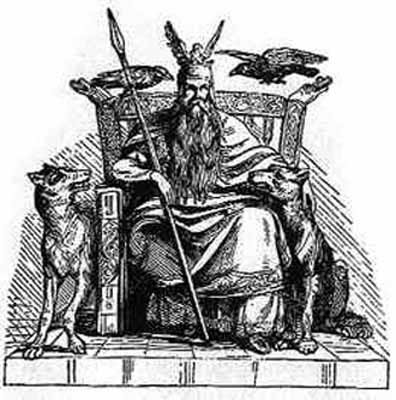 For some, Asatru has come to take on an entire ethnic identity. We have come to see ourselves as a unique ethnic/national element in the world like many other ethnicities. This identity is based on a number of common identity factors such as common religion, societal values and ideals, common Historical origins, descent, mythology, folklore and literature, common language, cultural Symbolism and conceptual encoding. These things provide a Powerful and unique identity among Asatru’s followers. As a product of these commonalities a growing sense of people-hood has arisen among many Asatruar. This is the essence of Folkish Asatru. Among Folkish Asatruar, this is seen not only as empirically obvious, but an ideal which is to be promoted. To Folkish Asatruar, their ethnicity is deeply tied to belongingness based on religion, culture and ancestry.
For some, Asatru has come to take on an entire ethnic identity. We have come to see ourselves as a unique ethnic/national element in the world like many other ethnicities. This identity is based on a number of common identity factors such as common religion, societal values and ideals, common Historical origins, descent, mythology, folklore and literature, common language, cultural Symbolism and conceptual encoding. These things provide a Powerful and unique identity among Asatru’s followers. As a product of these commonalities a growing sense of people-hood has arisen among many Asatruar. This is the essence of Folkish Asatru. Among Folkish Asatruar, this is seen not only as empirically obvious, but an ideal which is to be promoted. To Folkish Asatruar, their ethnicity is deeply tied to belongingness based on religion, culture and ancestry.